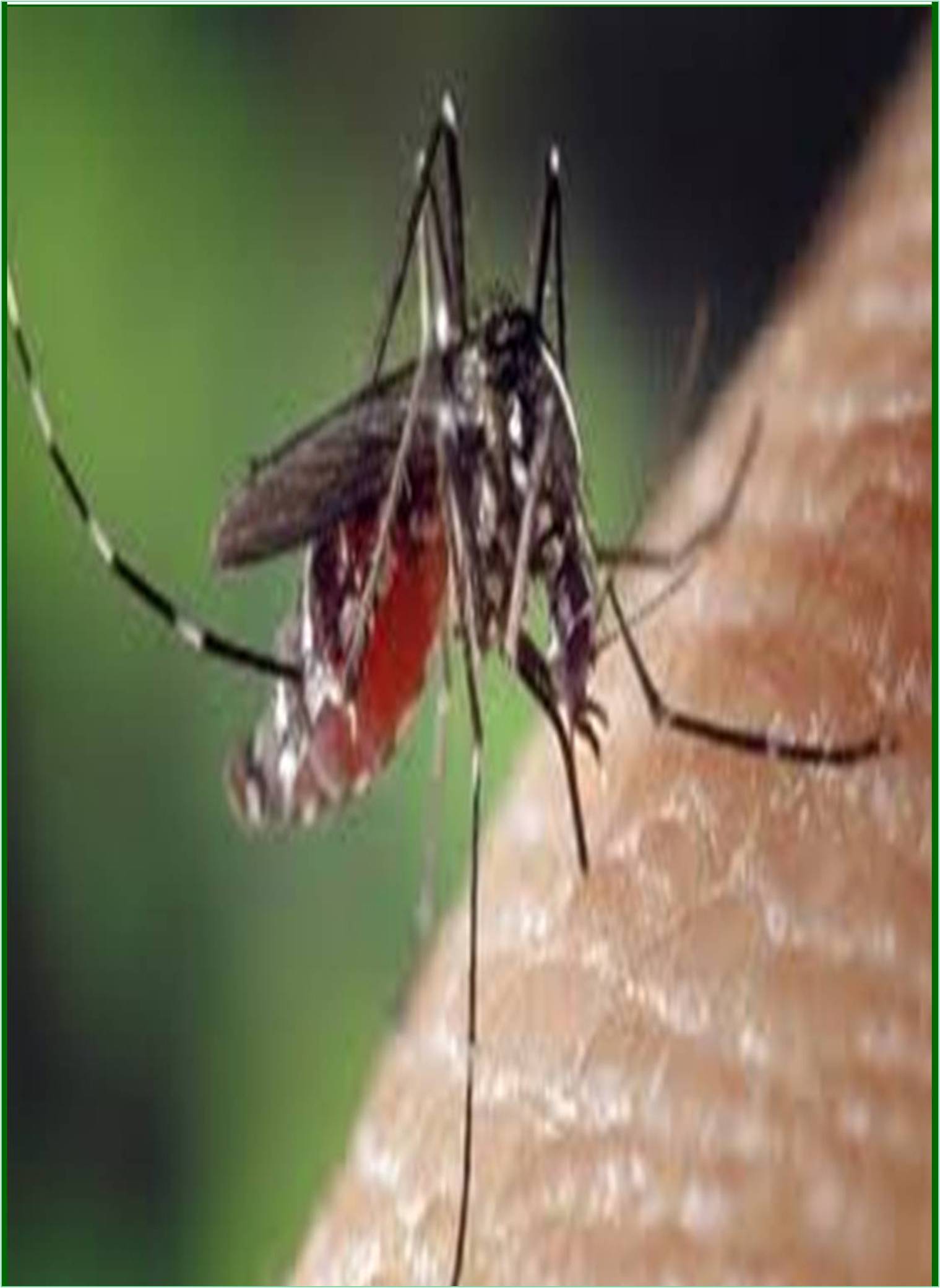



Received: 01-Aug-2022, Manuscript No. JFTD-22-74147; Editor assigned: 03-Aug-2022, Pre QC No. JFTD-22-74147(PQ); Reviewed: 17-Aug-2022, QC No. JFTD-22-74147; Revised: 24-Aug-2022, Manuscript No. JFTD-22-74147(R); Published: 01-Sep-2022, DOI: 10.15651/2465-7190.22.2.015
Chagas disease, also known as American trypanosomiasis, is a tropical parasitic disease caused by Trypanosoma cruzi. It is mainly spread by insects of the subfamily Scarabaeidae known as 'kissing bugs'. Symptoms change as the infection progresses. In the early stages, symptoms are generally absent or mild and include fever, swollen lymph nodes, headache, and swelling at the bite site. After 4 to 8 weeks, untreated people enter the chronic phase and most often do not develop further symptoms. Up to 45% of patients with chronic infections develop heart disease that can lead to heart failure 10 to 30 years after the initial infection. Gastrointestinal complications such as enlarged esophagus and colon can also occur in up to 21% of people, and nerve damage can occur in up to 10% of people.
T. Cruzi is commonly transmitted to humans and other mammals through kissing insect bites. The disease can also be transmitted through blood transfusions, organ transplants, ingestion of parasite-contaminated food and drink, and vertical transmission (mother to baby). Early diagnosis of the disease is made by using a microscope to find the parasite in the blood or by detecting its DNA by the polymerase chain reaction. Chronic disease is diagnosed by detecting antibodies to T. Cluj in the blood.
In the beginning, there may be no symptoms. Some people do get mild symptoms, such as:
• Fever
• Fatigue
• Body aches
• Headache
• Loss of appetite
• Diarrhea
• Vomiting
• A rash
• A swollen eyelid
These early symptoms usually disappear. However, if the infection is not treated, it will remain in the body. It can then lead to serious intestinal and heart problems such as:
• An irregular heartbeat that can cause sudden death.
• An enlarged heart that doesn't pump blood well.
• Problems with digestion and bowel movements.
• An increased chance of having a stroke.
People can become infected in many ways. In areas where Chagas disease is endemic, transmission is predominantly vector-based. The insect vector is called the triatomine bug. These blood-sucking bugs transmit T. cruzi by biting infected animals or people. Once infected, the beetles pass the parasites in their feces. Beetles live in houses made of mud, adobe, straw, and palm trees. During the day, beetles hide in crevices in walls and roofs. Insects appear at night when the residents are asleep. Triatomine bugs are also known as "kissing bugs" because they tend to bite people's faces. After biting and ingesting blood, they excrete on the person. Humans can become infected when the T. Cruzi parasite in beetle droppings enters the body through mucous membranes or broken skin. An unsuspecting sleeping person may accidentally scratch feces or rub it against bite marks, eyes, or mouth.
Two current treatments, benznidazole and nifurtimox, were both discovered half a century ago. They appear to be effective against the disease when administered soon after infection and during the chronic asymptomatic stage of the disease.
• Long treatment periods (60-90 days).
• Serious side effects.
• A high drop-out rate of patients due to side effects.
• They have not been proven effective in people with severe chronic symptoms.
Chagas disease is targeted for eradication by the World Health Organization (WHO), yet less than 10% of people are diagnosed with Chagas disease and even fewer receive treatment. To eradicate this disease, new safe, effective, and field-adapted drugs that address both chronic phases of the disease are needed. Access to treatment and diagnostics must also be greatly expanded. We also need to identify better biomarkers to measure the effectiveness of treatments and predict who is at risk of developing severe symptoms.